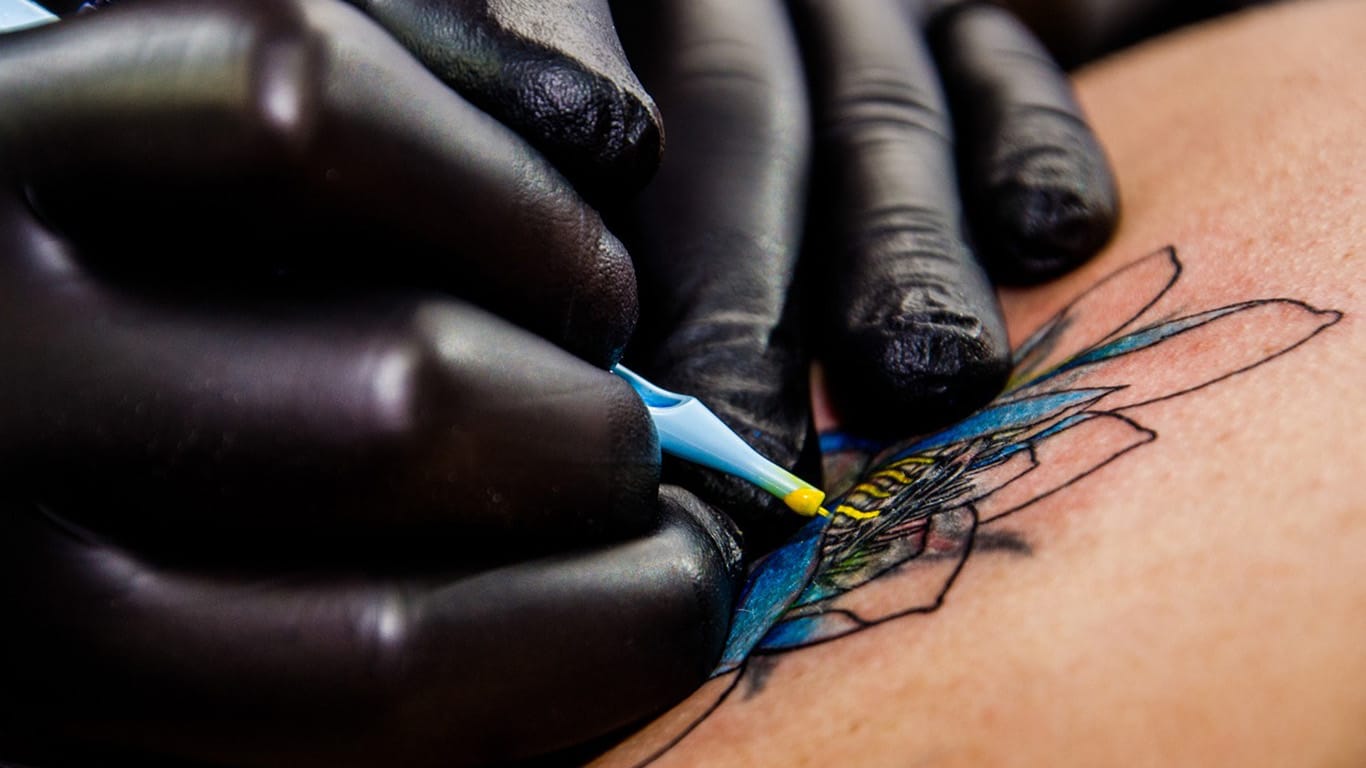Tattoo machine technology is the beating heart of the inked artistry that adorns bodies worldwide. Understanding the intricacies of these machines is paramount for both tattoo artists and enthusiasts alike.
In this deep dive, the fascinating world of tattoo machine technology will be explored, from its historical roots to the cutting-edge advancements shaping the industry today.
The Evolution of Tattoo Machines: A Historical Perspective
Tattoo machines have come a long way since the early days of manual tattooing. The iconic sound of a buzzing tattoo machine is synonymous with the art form, but its journey began with hand-tapping methods and rudimentary tools. The electric tattoo machine—as we know it today—emerged in the late 19th century, transforming the pace and precision of tattooing.
Coil vs. Rotary
The tattooing world is primarily dominated by two types of machines: coil and rotary. Understanding the differences between these two titans is crucial for artists seeking the perfect tool for their craft:
Coil Machines
- Mechanism: Coil machines use electromagnetic coils to control the movement of the needle.
- Characteristics: Known for their distinctive buzzing sound, coil machines are prized for their precision and versatility.
- Best Use: Ideal for intricate linework and detailed shading.
Rotary Machines
- Mechanism: Rotary machines, on the other hand, operate using a rotating motor that drives the needle.
- Characteristics: Rotary machines are quieter and tend to have a smoother operation, making them suitable for various tattooing styles.
- Best Use: Preferred for color packing, shading, and artists who value a quieter working environment.
Tuning and Adjustments
Tattoo artists are akin to musicians—carefully selecting their tattoo supplies and fine-tuning their machines for the perfect stroke. Coil machines allow artists to adjust the armature bar and spring tension to achieve the desired impact. In contrast, rotary machines often feature adjustable grips and needles, offering artists a high level of customization.
Digital Tattoo Machines
In recent years, the tattoo industry has witnessed the emergence of digital tattoo machines, blending cutting-edge technology with traditional artistry. These machines often feature digital controls, allowing artists to precisely adjust parameters such as needle speed, stroke length, and give them unparalleled control over their craft.
Ergonomics and Design
Beyond the technical aspects, the design and ergonomics of tattoo machines play a pivotal role in the artist’s comfort and efficiency. Manufacturers consider factors such as weight, grip design, and balance to create machines that reduce hand fatigue during long sessions, allowing artists to focus on their artistry without physical strain.
Innovations in Needle Technology
The evolution of tattoo machine technology is closely intertwined with advancements in needle design. Traditional needles have given way to cartridge systems, simplifying the process of changing needles and allowing artists to experiment with different configurations more easily.
Wireless Tattoo Machines
In a groundbreaking move, wireless tattoo machines have entered the scene, liberating artists from the constraints of cords and cables. These machines provide unparalleled freedom of movement, allowing artists to create intricate designs without being tethered to a stationary power source.
Conclusion
Tattoo machine technology is a dynamic fusion of tradition and innovation. From the buzzing coils that echo the legacy of tattooing to the whisper-quiet rotation of modern rotary machines, each stroke is a testament to the evolution of this timeless art form.
As technology continues to advance, the world of tattooing remains an exciting canvas where artists blend their skills with cutting-edge tools, creating indelible works of art that transcend time and trends.




